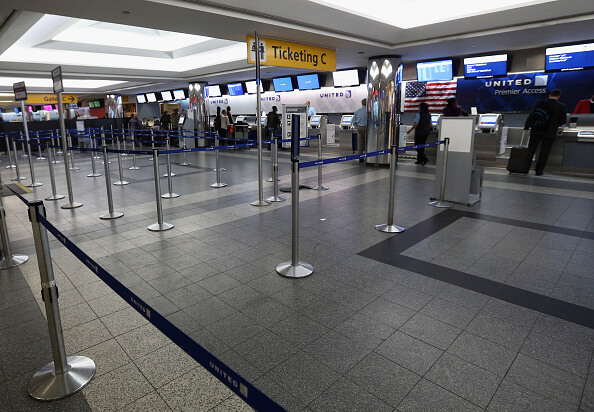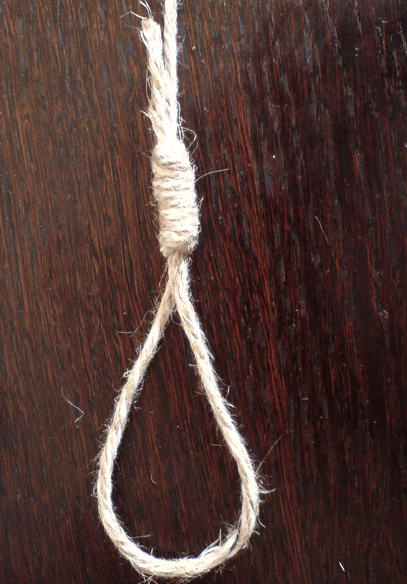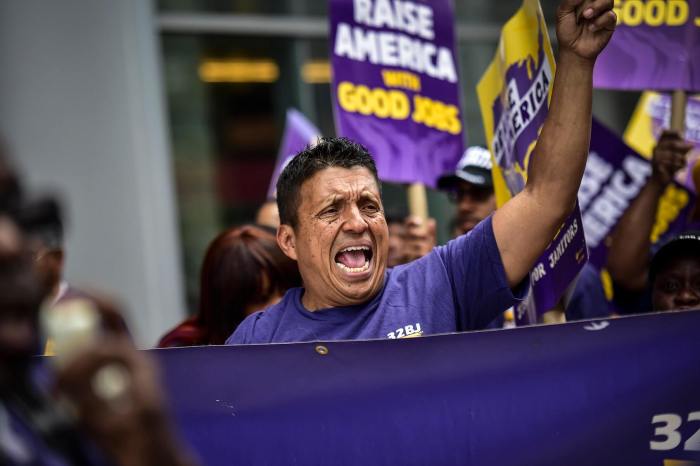New York State is fighting once again for wage equality and a bill to reduce the gap based on gender, race and ethnicity was introduced Tuesday afternoon.
State Senator Brad Hoylman and Assembly Member Deborah Glick announced that in order for companies to win state contracts, they must disclose employee compensation.
RELATED:Brooklyn bar to offer women a gender-pay gap special “The state can use its resources and its ability to provide contracts to ensure that we get this transparency,” said Assembly Member Glick. Once the reporting is done it does two things, one it lets the public know whether it’s a business operating in good faith or not and it also let the state know if this is a business whom we want to do business with. It’s a way of measuring the gap and then working to eliminate it.” The legislation is similar to those governing federal contractors, but it is also modeled after a similar bill in New Mexico issued by former Governor Bill Richardson back in 2009, where contractors can obtain extra bidding points if they can demonstrate their pay gap is narrower. In the meantime, in New York the wage gap between women and men will not close until at least 2058, according to a study by the Institute for Women’s Policy Research.
Women of color face more hurdles as African American and Hispanic women only make 64 and 55 cents to every dollar a white man earns.
RELATED:Here are the American CEOs who get paid $1 a year “A lot of New Yorkers might be surprised that companies contracted through the state of New York with their tax dollars aren’t paying their female employees equally,” said Senator Hoylman. “The problem is becoming more apparent as more women are in the workforce.” The New York bill states that companies bidding on contracts with the state will be required to submit equally pay reports as a condition to winning the bid. The report will use the same occupational categories used in federal Equal Employment Opportunity Commission forms. Employers will have to provide the number of employees by gender race and ethnicity and calculate the wage gaps in each category. The wage gaps will be calculate based on average hourly rate and reported as a percentage difference. Small businesses with fewer than 100 employees will not be required to report.
“You shouldn’t work 40 hours of putting your time, your dedication, your energy and still be in poverty,” Glick said. “This is a step where New York State is going to ask its contractors how do you measure up.”
New York State fighting wage gap with new employer disclosure bill

NYS Senator Brad Hoylman’s Office























